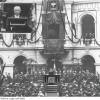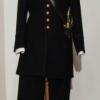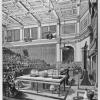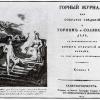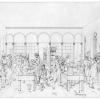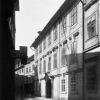Drawing from the French example
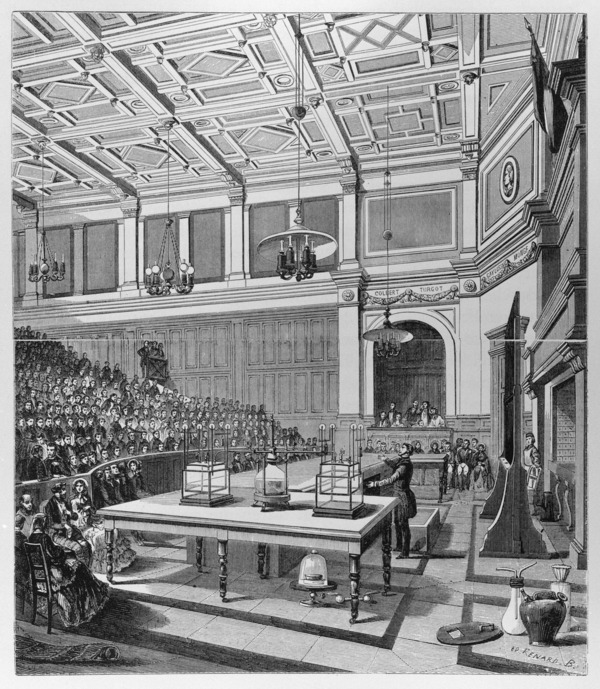
Public course for workers in the Conservatoires des Arts et Metiers, Paris, 1850
The French models of technical education were the oldest, and often the most esteemed in Europe.
This meant that they were the most often copied in other nations, especially after Napoleon spread the French models all over Europe. Many European schools were based upon the model of one of three French institutions founded in the eighteenth century: the École des Ponts et Chaussees (School for Bridges and Roads) (1775), the École de Mines (School of Mines) (1783), and the École Polytechnique (The Polytechnic School) (1794), which were the first to offer training programs focused on engineering and industrial technology.
These "great schools" were designed to train engineers for careers in public service, as suggested by the polytechnic's original name of École des Travaux Publics (The School of Public Works). The “poly” was added when renaming the school in 1795, suggested it offered preparation in many fields of engineering, such as military, naval, and civil.
The graduates of those schools were usually employed in the construction of roads, canals, bridges, and erecting public buildings. Some of them were busy within state administration. Very few found jobs in the rapidly developing world of industry, which needed highly-skilled technical personnel. The first school to attempt to fill the gap was the École Central des Arts et Manufacturers (Central School of Arts and Manufacturers), founded in 1829.
One of the main subjects taught at universities of technology and polytechnic institutes from the very early days was technical drawing, which was regarded as the universal language of an engineer; a basic skill that not only serves a range of engineering projects, but also serves as a means of communication between engineers.
 Previous Story
Next Story
Previous Story
Next Story
How to cite this page
Slawomir Lotysz, 'Drawing from the French example', Inventing Europe, http://www.inventingeurope.eu/knowledge/drawing-from-the-french-example
Sources
- Fox, Robert and Guagnini, Anna. Education, Technology, and Industrial Performance in Europe, 1850-1939. Cambridge, UK: Cambridge University Press, 1993.
- Davis, Michael. Thinking like an Engineer: Studies in the Ethics of a Profession. New York: Oxford University Press, 1998.





